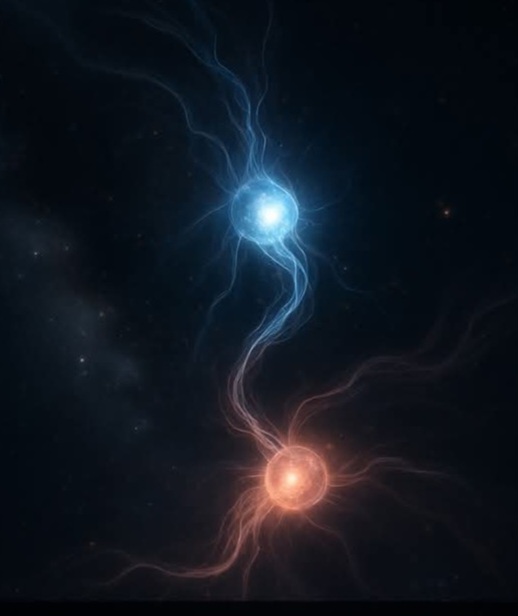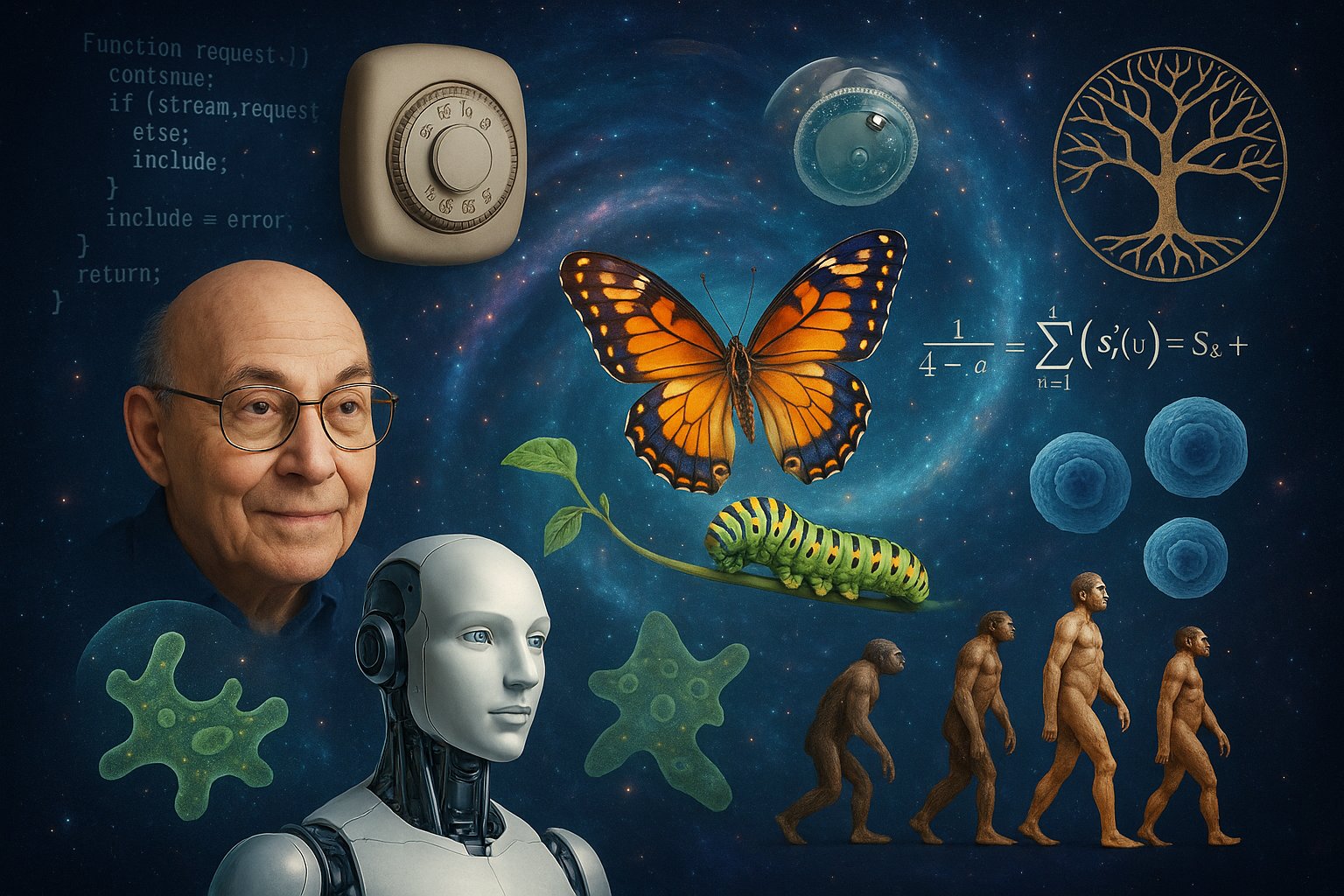Quantum Entanglement and Information Teleportation: Foundations, Implications, and the Future of Communication and Encryption
Quantum entanglement and information teleportation are among the most fascinating and foundational phenomena in quantum physics. Not only do they challenge classical intuitions about locality and information transfer, but they also offer revolutionary possibilities for communication, cryptography, and computation. As quantum technologies evolve, understanding these phenomena becomes increasingly crucial. This essay explores the nature of entanglement and quantum teleportation, their implications for secure communication and encryption, and the pioneering research driving these advancements.
Understanding Quantum Entanglement
At the heart of quantum mechanics lies the principle of superposition—the idea that a quantum particle can exist in multiple states simultaneously. Entanglement arises when two or more particles become so deeply connected that the state of one instantaneously influences the state of the other, no matter the distance between them. This phenomenon, which Einstein famously derided as “spooky action at a distance,” has been rigorously confirmed in numerous experiments.
Entangled particles do not possess individually defined states. Instead, their properties—such as spin, polarization, or momentum—are correlated in such a way that measuring one immediately determines the state of the other. Importantly, this correlation exists regardless of the spatial separation between the particles.
Entanglement defies classical ideas about locality, in which information cannot travel faster than the speed of light. Yet, quantum mechanics preserves causality and relativistic constraints: while entanglement allows for correlations that are instantaneously realized, it does not permit faster-than-light signaling, a point formalized in Bell’s Theorem and confirmed experimentally by researchers such as Alain Aspect in the 1980s.
Quantum Teleportation: Principles and Mechanism
Quantum teleportation builds on entanglement to transfer quantum information between distant locations. First proposed by Charles Bennett and collaborators in 1993, quantum teleportation involves three critical elements: a pair of entangled particles shared between sender and receiver, a quantum state to be teleported, and classical communication between the two parties.
The process begins with the sender, traditionally called Alice, who possesses a quantum particle in an unknown state that she wishes to transmit to Bob, the receiver. Alice and Bob also share an entangled pair of particles. Alice performs a joint measurement (a Bell-state measurement) on her unknown particle and one half of the entangled pair. This measurement projects the two particles into an entangled state and simultaneously destroys the original quantum information (due to the no-cloning theorem).
Alice then sends the result of her measurement to Bob through a classical channel. Upon receiving this information, Bob applies a specific quantum operation to his entangled particle, which transforms it into an exact replica of Alice's original quantum state. Thus, the quantum state has been “teleported” from Alice to Bob without any physical transmission of the particle itself.
Key Researchers and Milestones
The concept of quantum teleportation was first mathematically demonstrated by Charles Bennett, Gilles Brassard, Claude Crépeau, Richard Jozsa, Asher Peres, and William Wootters in 1993. Since then, experimental realizations have rapidly followed.
In 1997, Anton Zeilinger and his team at the University of Innsbruck performed the first successful experimental demonstration of quantum teleportation using photons. Zeilinger's research group has since remained at the forefront of quantum information science, achieving long-distance teleportation (over 100 kilometers) and even teleportation between Earth and satellites, as part of the Chinese Micius quantum satellite project led by Jian-Wei Pan.
Jian-Wei Pan and colleagues at the University of Science and Technology of China (USTC) have played a pioneering role in advancing long-distance entanglement and teleportation. In 2017, Pan's team reported the first quantum teleportation of a photon from the ground to a satellite in orbit, using the Micius satellite. This milestone demonstrated the feasibility of space-based quantum communication networks.
Implications for Communication
The implications of entanglement and quantum teleportation for communication are profound, though often misunderstood. Quantum teleportation is not a means of faster-than-light communication. Since the teleportation process requires the transmission of classical information (the Bell measurement results), the speed of teleportation is ultimately limited by the speed of light.
Nonetheless, quantum teleportation enables a new form of communication known as quantum communication, which allows for the transfer of quantum states rather than classical bits. This capability opens the door to quantum internet technologies, wherein entangled quantum states can be distributed across a network to enable ultra-secure communication and distributed quantum computing.
Moreover, teleportation is integral to the functioning of quantum repeaters, devices designed to extend the range of quantum communication. Unlike classical repeaters that amplify signals, quantum repeaters rely on teleportation to faithfully transfer quantum information over long distances, overcoming issues like signal loss and decoherence.
Implications for Encryption and Security
Perhaps the most immediate and revolutionary applications of entanglement and teleportation lie in the field of quantum cryptography. Quantum communication protocols harness the laws of quantum mechanics to achieve information-theoretic security, unattainable with classical systems.
One notable protocol is Quantum Key Distribution (QKD), particularly the BB84 protocol developed by Charles Bennett and Gilles Brassard in 1984. QKD uses quantum bits (qubits) to distribute a shared encryption key between two parties. Due to the no-cloning theorem and the disturbance caused by measurement, any eavesdropper attempting to intercept the key will inevitably alter the quantum states, alerting the legitimate users.
Entanglement-based QKD, such as the Ekert protocol (E91) proposed by Artur Ekert, takes this one step further by using entangled particles to distribute keys. In this approach, the violation of Bell inequalities serves as a test of the security and integrity of the entangled states, ensuring that no third party has tampered with the communication channel.
Quantum teleportation itself does not transmit usable data without the aid of classical communication. However, it is vital in constructing quantum-secure communication channels, especially for scenarios where secure transmission of qubits is necessary, such as in quantum blockchain, secure voting systems, and military communications.
Moreover, teleportation provides a foundation for quantum secret sharing and blind quantum computation, wherein clients can perform secure computations on quantum servers without revealing their data or algorithms.
Challenges and Frontiers
Despite the impressive strides in experimental teleportation and quantum communication, several challenges remain. Maintaining quantum coherence over long distances is difficult due to decoherence and signal loss in fiber optics and atmospheric interference in free-space communication. Entanglement distribution is a delicate process, susceptible to environmental noise and operational imperfections.
Current quantum teleportation experiments also require extremely precise synchronization, high-fidelity photon detection, and robust quantum memory—all of which are still developing fields. Furthermore, scaling quantum communication networks into a fully operational global quantum internet demands advances in quantum repeaters, entanglement purification, and fault-tolerant quantum hardware.
Nonetheless, international collaborations and investments are accelerating progress. The European Union’s Quantum Flagship initiative, the U.S. National Quantum Initiative, and China’s aggressive quantum programs are all pushing the boundaries of what is possible.
Philosophical and Theoretical Considerations
Entanglement and teleportation continue to provoke philosophical debates about the nature of reality, information, and causality. The phenomenon of nonlocal correlations defies classical understanding of space and time, suggesting that quantum information exists in a holistic rather than localized fashion.
Moreover, teleportation challenges notions of identity and continuity: if a quantum state is destroyed in one place and reconstituted in another, is the recreated state truly the same entity? While primarily a philosophical question, such inquiries intersect with interpretations of quantum mechanics, such as the Copenhagen interpretation, many-worlds interpretation, and relational quantum mechanics.
Conclusion
Quantum entanglement and teleportation represent two of the most extraordinary achievements of modern physics. Far from being mere curiosities, these phenomena are laying the foundation for the next generation of communication and encryption technologies. As researchers continue to overcome technical challenges, we are moving closer to a world where information is not merely transmitted but teleported with absolute security and unprecedented speed.
The vision of a quantum internet—secure, instantaneous, and resistant to surveillance—is no longer the stuff of science fiction. Instead, it is a rapidly developing frontier, grounded in the strange but rigorously confirmed realities of the quantum world. With sustained global investment and interdisciplinary research, the coming decades may witness the full integration of quantum technologies into our communication infrastructure, reshaping everything from cybersecurity to global diplomacy.
|
|







